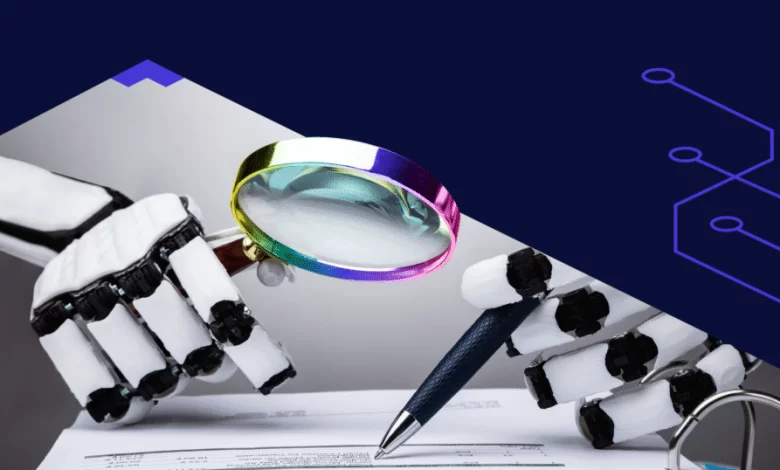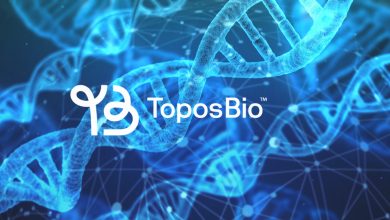
Navigating tax season can be daunting as individuals sift through various deductions, credits, and exemptions to minimize their tax liabilities. While common tax-saving strategies like mortgage interest deductions and charitable donations are well-known, lesser-known options can significantly reduce your tax bill. Leveraging machine learning, specifically using clustering algorithms, data scientists can uncover these hidden gems to ease tax burdens and retain more of their hard-earned money. This article will demonstrate how the K-Means clustering algorithm can be implemented to discover lesser-known tax relief options.
K-Means Clustering: An Overview
K-Means clustering is an unsupervised machine learning algorithm that groups data points into a predefined number of clusters based on their features. The goal is to partition the data into clusters where data points within each cluster are more similar to each other than to those in other clusters. This technique can be particularly useful for identifying patterns and trends in complex datasets.
Implementing K-Means Clustering to Discover Tax Relief Options
- Data Collection: The first step is to collect a dataset that includes various tax-related features. This dataset can consist of different types of tax credits, deductions, exemptions, taxpayer demographics, and financial information. Public tax records, financial databases, and anonymized taxpayer data can be valuable sources.
- Feature Selection: Select relevant features that can influence tax relief options. These features might include income level, number of dependents, education expenses, medical expenses, home improvement costs, and more.
- Data Preprocessing: Clean and preprocess the data to ensure it is suitable for clustering. This involves handling missing values, normalizing numerical features, and encoding categorical variables.
- Applying K-Means Clustering:
- Choose the number of clusters (k). This can be determined using the Elbow Method, which involves plotting the sum of squared distances from each point to its assigned cluster center and looking for the “elbow point” where the rate of decrease slows.
- Apply the K-Means algorithm to partition the data into k clusters.
Here’s a Python example using the K-Means clustering algorithm with a hypothetical tax dataset:
import pandas as pd
from sklearn.cluster import KMeans
import matplotlib.pyplot as plt
from sklearn.preprocessing import StandardScaler
# Step 1: Data Collection (Example data)
data = {
‘Income’: [45000, 54000, 58000, 60000, 52000, 49000, 62000, 70000, 68000, 73000],
‘Education_Expenses’: [2000, 1500, 1800, 1900, 1600, 1700, 2200, 2500, 2300, 2600],
‘Medical_Expenses’: [3000, 2000, 2100, 2500, 2400, 2300, 2700, 3200, 3100, 3300],
‘Home_Improvement_Costs’: [5000, 4500, 4700, 4800, 4600, 4900, 5300, 6000, 5800, 6200]
}
df = pd.DataFrame(data)
# Step 3: Data Preprocessing
scaler = StandardScaler()
scaled_features = scaler.fit_transform(df)
# Step 4: Applying K-Means Clustering
kmeans = KMeans(n_clusters=3, random_state=42)
kmeans.fit(scaled_features)
df[‘Cluster’] = kmeans.labels_
# Visualizing the clusters
plt.scatter(df[‘Income’], df[‘Education_Expenses’], c=df[‘Cluster’], cmap=’viridis’)
plt.xlabel(‘Income’)
plt.ylabel(‘Education Expenses’)
plt.title(‘K-Means Clustering of Tax Relief Options’)
plt.show()
Interpreting the Results
After applying K-Means clustering, each taxpayer is assigned to a cluster. By analyzing these clusters, we can identify groups of individuals with similar financial and tax-related characteristics. For example, one cluster might represent taxpayers with moderate incomes and high medical expenses, suggesting they could benefit significantly from Health Savings Accounts (HSAs). Another cluster might consist of individuals with substantial education expenses, making them prime candidates for the Lifetime Learning Credit.
Practical Application
Tax professionals and software developers can integrate K-Means clustering into their tax planning tools to provide personalized recommendations. By inputting their financial data, taxpayers can receive insights into which lesser-known tax relief options are most applicable to them based on their cluster. This targeted approach ensures that individuals can maximize their tax savings effectively.
Conclusion
Leveraging machine learning, specifically K-Means clustering, allows data scientists to uncover lesser-known tax relief options tailored to individual financial situations. By implementing this technique, taxpayers can navigate the complex tax landscape with greater confidence and ease, ultimately maximizing their tax savings and retaining more of their income. Integrating AI into tax planning not only enhances accuracy but also provides personalized, data-driven insights that traditional methods may overlook. Tax relief services can play a crucial role in implementing these advanced techniques, ensuring that individuals fully benefit from all available tax-saving opportunities.






